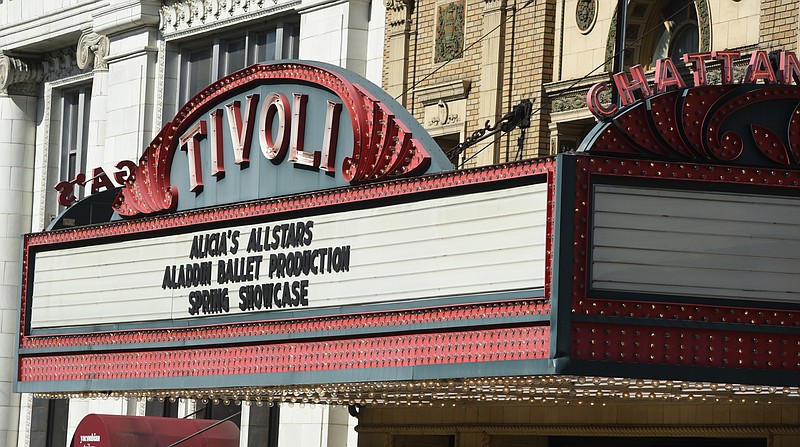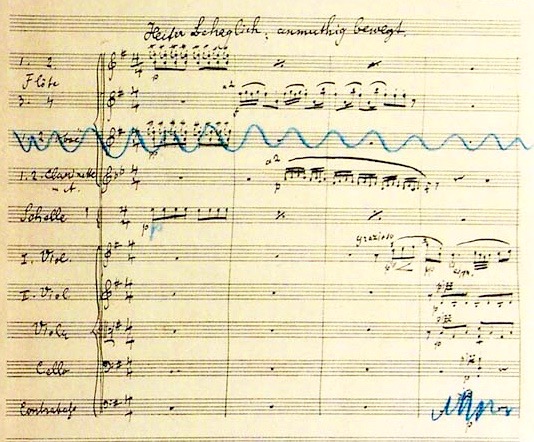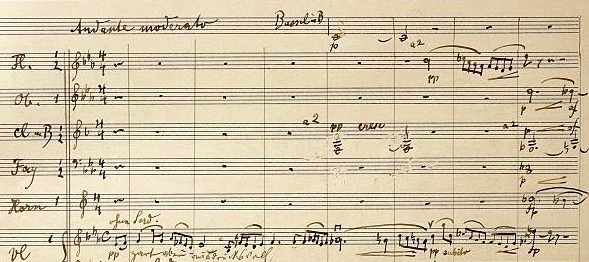Thursday evening the Chattanooga Symphony performed a splendid concert of music by Mozart and Mahler at the Tivoli Theater. Under the fine leadership of music director Kayoko Dan, the orchestra delivered an exciting and dramatic performance. The featured soloist for the evening was the outstanding young American soprano, and Atlanta native, Maria Valdes.
The program began with a stirring performance of Wolfgang Amadeus Mozart's Overture to his opera, Don Giovanni.Composed in 1787, it was premiered in Prague. It is interesting to imagine the effect the opening two chords had upon those hearing it for the first time.Dark, even brutal sounding - especially within the stylistic context of other music composed during this time - these chords essentially foretell the whole drama that would follow in the opera. But here in the overture, Mozart, ever the proponent of the classical ideals of balance and symmetry, suddenly shifts into an energetic mood with a cheerful theme. Both conductor and orchestra made the most of these contrasts, and the effect was invigorating.
And it set the stage nicely for the evening's first appearance of vocal soloist Maria Valdes who sang Mozart's well known sacred work, Exsultate Jubilate. Ms. Valdes displayed impressive vocal flourishes and flexibility in this soprano showpiece. Throughout the duration of the three-movement work her lovely sound, stunning trills, intervallic leaps and warm tone blended very well with the orchestral accompaniment.
The second half of the program presented the Symphony No. 4 by Viennese composer Gustav Mahler, completed in 1900. This is a powerful and expansive orchestral work, filled with a sometimes conflicting, but ultimately convincing range of contrasting styles and emotions. Mahler is a composer whose work is filled with contradictions and paradoxes; qualities that contribute significantly to his distinctive sound and style. Indeed, a big part of Mahler's genius lies in his ability to create music in which seemingly incompatible ideas are able to coexist in a way that feels truthful. This would seem to be a quality far removed from our current mindset, when "taking sides" seems to required; its either this way or that way; my way or the highway. Why can't music be both sad and happy, for instance? Gustav Mahler would say it can.
Mahler, also an excellent conductor, once wrote that the real art of conducting exists in transitions. He may well have been especially speaking about his own works, with their frequent shifts and often abrupt changes in tempo, articulation, dynamics, mood, etc. Conductor Kayoko Dan proved highly effective in negotiating these many challenges and communicated clarity, expression, and a certain freedom to her musicians. The orchestra responded with uniformity and a sense of spontaneity.
The orchestra performed with a wonderful blend of passion and control. Particularly praiseworthy were the many prominent passages played by the woodwind section. Principal horn Gordon James was outstanding in his many beautifully played solos. Often overlooked by composers is the impressive power and unique tone-color produced by the extreme low register of the horn. Perhaps because he chose not to include trombones in his orchestration for this piece, Mahler places especially great demands on the low (2nd and 4th) horns; and the CSO players delivered, big time.
Concertmaster Holly Mulcahy was indeed masterful in her performance of the works important and expressive violin solos.And, soprano soloist Maria Valdes sang in the fourth movement with richness and grace.Her clear German diction was a pleasure to hear, and contributed greatly to communicating the sublime and sometimes ambiguous text (not always a given, even among the most well-known and established soloists).
Mahler's fourth symphony has been described as a work that progresses, throughout its four movements, from experience and turmoil to the pure innocence of a child's vision of heaven. It was striking to this listener to note that the first notes of this concert portrayed the sinister intentions and effects of a man who systematically destroyed innocence (Don Giovanni / Don Juan), and the final notes of the evening's concert portrayed the restoration of intimacy and quiet innocence.
eview author Douglas Hedwig was a trumpeter with the Metropolitan Opera Orchestra in New York City for 27 years and also was on the faculty of The Juilliard School. He is Professor Emeritus of Music at The City University of New York. As a composer, his works are published by Carl Fischer Music and TNR Music Publishers. He and his wife, Mimi Jones Hedwig, moved to Chattanooga in 2013.


